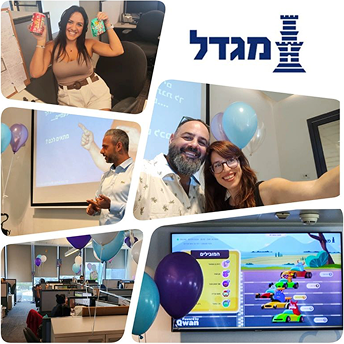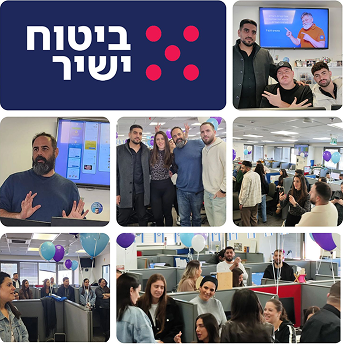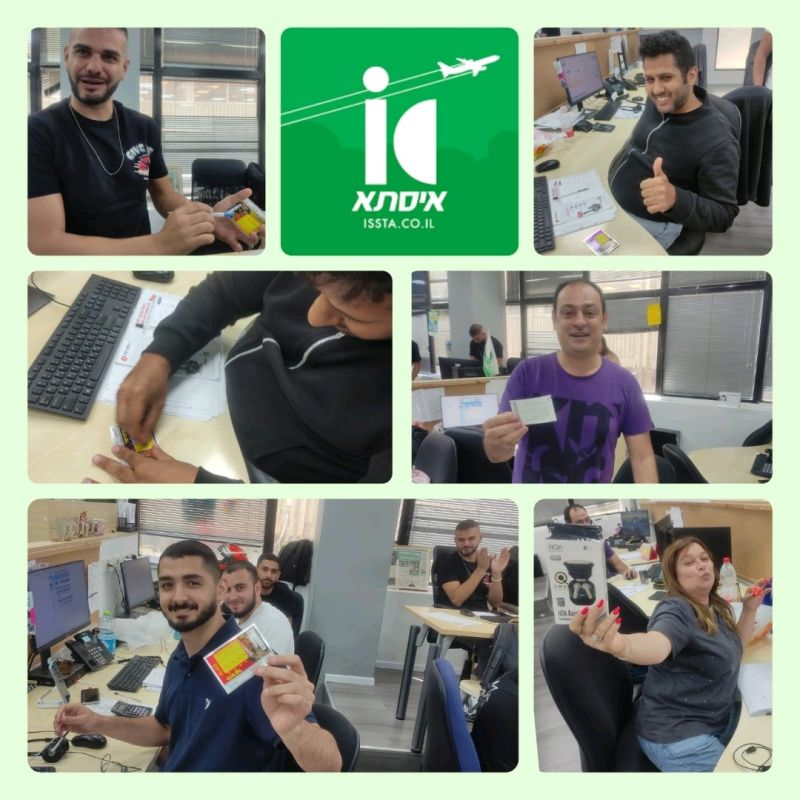
- Article
Is KPI Gamification for me?
The steps you need to take to see if the platform is right for your organization?
After being introduced to the concept of “Gamification of Goals,” watching product videos, and perhaps speaking with colleagues in other organizations, you might be considering whether a goal-and-competition management system is suitable for your organization.
This article outlines a simple, quick, and structured internal evaluation process that can be conducted independently, helping you make an informed decision.

- Article
Is KPI Gamification for me?
The steps you need to take to see if the platform is right for your organization?
After being introduced to the concept of “Gamification of Goals,” watching product videos, and perhaps speaking with colleagues in other organizations, you might be considering whether a goal-and-competition management system is suitable for your organization.
This article outlines a simple, quick, and structured internal evaluation process that can be conducted independently, helping you make an informed decision.
Step 1:
Organizational Mapping and Initial Interviews
Begin by speaking with key stakeholders across three organizational layers:
- Head Office–Management, HR, Payroll
- Direct Managers–Team leads, call center/regional managers
- Frontline Employees–The potential end users of the system
Guiding questions:
- What does the organizational structure look like?
- What are the main KPIsfor each group of employees?
- How are these KPIs currently measured? (Which systems, how often, in what format?)
- Are the metrics tracked individually, by team, or both?
- Are the KPIs purely quantitative, or also qualitative (e.g., customer feedback, managerial evaluation)
- Do employees understand the KPIs and what is expected of them
- Are there existing reward mechanisms tied to these goals?
- Are internal competitions conducted? If so, how are they managed, who is responsible, and how many resources are involved?
Step 2:
Consultation with IT and Data Stakeholders
Assuming KPI tracking is already in place, technical aspects should be reviewed:
- Which systems store the data? (CRM, manual Excel, telephony systems, BI tools, etc.)
- Are these internal systems orthird-party platforms?
- Is there a way to export the data? (API, reports, Excel, file exports, automated data delivery)
- Is the data organized and accessible (e.g., by user/team/time period)?
- Does the organization have technical autonomy, or does it rely on external vendors for access?
Step 3:
Consolidate Findings in an Internal Report
It is recommended to compile the findings into a concise internal document to support the evaluation process.(You may have heard the term “Go/On Go”)Suggested structure:
1.Target Population–Who within the organization is being considered for implementation?
2.Current Workflow–What goals exist today, how are they communicated, and who manages them?
3.Existing Measurement Infrastructure–What systems are used to collect and manage performance data?
4.Gaps and Challenges–Are there inefficiencies, duplications, or redundant resource usage?
5.Technical Feasibility–How easy or complex would it be to connect existing systems to an external platform?
Conclusion
This internal assessment does not require a major investment or commitment. Its purpose is to create a solid understanding of your current state, enabling a data-informed decision about potential next steps. For many organizations, the evaluation itself leads to better internal clarity around measurement, incentives, and performance management.
Don’t feel like reading? Just click on the image to hear the article in podcast format, it’s really cool.
[Powered byGoogle AI –NotebookLM]
* This article is based on insights gathered by our Systems Analysis and Customer Success teams, following dozens of interviews with clients. Organizations that performed this type of internal review prior to implementation entered the process with clearer expectations and significantly improved their project success rates.

Step 1:
Organizational Mapping and Initial Interviews
Begin by speaking with key stakeholders across three organizational layers:
- Head Office–Management, HR, Payroll
- Direct Managers–Team leads, call center/regional managers
- Frontline Employees–The potential end users of the system
Guiding questions:
- What does the organizational structure look like?
- What are the main KPIsfor each group of employees?
- How are these KPIs currently measured? (Which systems, how often, in what format?)
- Are the metrics tracked individually, by team, or both?
- Are the KPIs purely quantitative, or also qualitative (e.g., customer feedback, managerial evaluation)
- Do employees understand the KPIs and what is expected of them
- Are there existing reward mechanisms tied to these goals?
- Are internal competitions conducted? If so, how are they managed, who is responsible, and how many resources are involved?
Step 2:
Consultation with IT and Data Stakeholders
Assuming KPI tracking is already in place, technical aspects should be reviewed:
- Which systems store the data? (CRM, manual Excel, telephony systems, BI tools, etc.)
- Are these internal systems orthird-party platforms?
- Is there a way to export the data? (API, reports, Excel, file exports, automated data delivery)
- Is the data organized and accessible (e.g., by user/team/time period)?
- Does the organization have technical autonomy, or does it rely on external vendors for access?
Step 3:
Consolidate Findings in an Internal Report
It is recommended to compile the findings into a concise internal document to support the evaluation process.(You may have heard the term “Go/On Go”)Suggested structure:
1.Target Population–Who within the organization is being considered for implementation?
2.Current Workflow–What goals exist today, how are they communicated, and who manages them?
3.Existing Measurement Infrastructure–What systems are used to collect and manage performance data?
4.Gaps and Challenges–Are there inefficiencies, duplications, or redundant resource usage?
5.Technical Feasibility–How easy or complex would it be to connect existing systems to an external platform?
Conclusion
This internal assessment does not require a major investment or commitment. Its purpose is to create a solid understanding of your current state, enabling a data-informed decision about potential next steps. For many organizations, the evaluation itself leads to better internal clarity around measurement, incentives, and performance management.
Don’t feel like reading? Just click on the image to hear the article in podcast format, it’s really cool.
[Powered byGoogle AI –NotebookLM]
* This article is based on insights gathered by our Systems Analysis and Customer Success teams, following dozens of interviews with clients. Organizations that performed this type of internal review prior to implementation entered the process with clearer expectations and significantly improved their project success rates.







